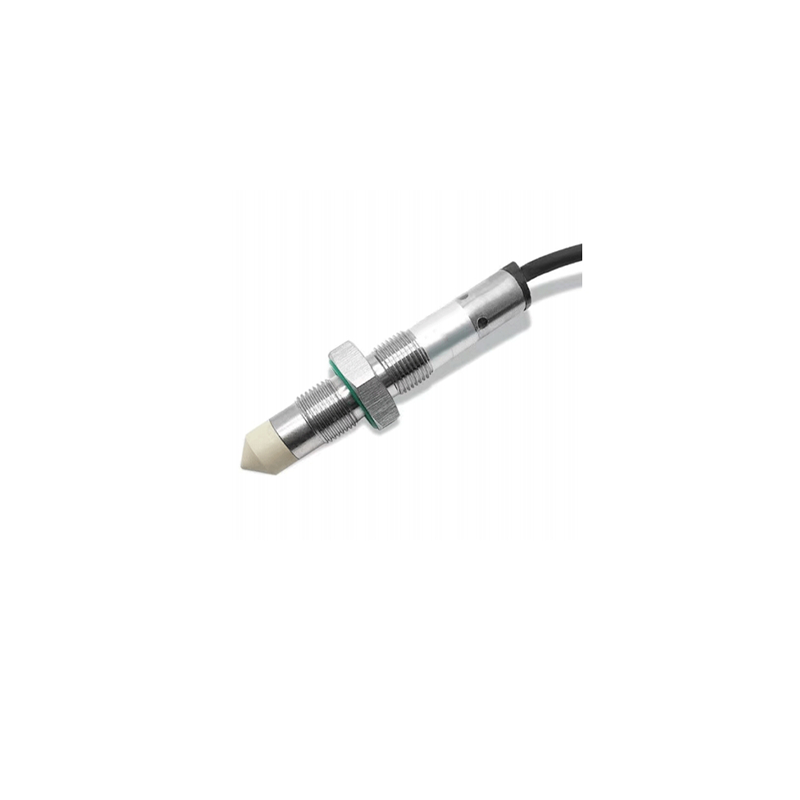Introduction
Sensors have an important role in automation and process control, with the view of improving efficiency, reliability and accuracy. Among those, however, photoelectric switches in particular are highly versatile and reliable. But what is a photoelectric switch and how does it work? This is going to talk about single devices. What they can be made of, how to operate it and where you can use it.
Understanding the Basics
The term photoelectric switch refers to a type of device that uses light as a sensor to determine whether an object is present or not. Using the photoelectric effect, it uses falling light soot on a suitable materials to generate an electric current. Principle The photoelectric switch is based on ambient light and core components typically include —Light source: Photoreceptor Sensitivity housing & Output interface
LED/Laser, actually a point light source, where through this introducing the beam of light. A photoreceptor (photo-diode, photo-transistor) captures the incoming light reflected or other transmitted through an object whose distance is being measured. The internals are protected by the enclosure, which also seals against the elements to protect from extreme conditions. General Features of Analog Signal Isolation Converters Transmitter; It is an interface on its output where signal can be sent to control systems or devices using relay of even transistor output.
How Photoelectric Switches Work
A photoelectric switch operates through a four step process: emitting light, sensing object, processing signal, and lastly initiating output.
Light Emission: For through-beam sensors, after activation is detected the light source emits a beam of light that form a field or covers some gap.
Switch : if an object comes into path and blocks the beam or reflects back to photo-detector, Switch detects that there is an object present. For switches based on a reflective principle, the object itself is a reflector that reflects light back to the detector.
Signal Processing: A photo–detector captures the electrical signal and processes it to determine whether or not the object is detected.
Output Activation: A articulated output (high output signal) is triggered by detection, activating or deactivating connected control system / device.
Types of Photoelectric Switches
There are three basic types of photoelectric switches according to working principles:
These types of sensors can again bounce the reflected light back to its detector, making it useful for shiny or reflective objects.
Through-beam: These consist of a light beam across a gap that only turns on the switch when it gets interrupted (e.g., an object moves through); so they are suitable for those cases when one wants to detect an object moving through some line.
Diffuse Reflective Sensors – These reflective sensors detects the light when it gets reflected back from the its surface, thus they have a wider spectrum of Application for any kinds of materials whether it is matte or sometimes even dark.
Applications of Photoelectric Switches
Here is an overview of common applications of photoelectric switches:
In the context of industrial automation, they are used in assembly line control as well as counting and sorting Products.
They are essential elements in safety systems: emergency stop and access key switch .
For object detection and avoidance, robotic systems often use photoelectric switches.
Advantages and Limitations
Photoconductive Switch: A crucial manufacturing element Apart from accuracy and reliability, photoelectric switches have a myriad of industrial uses as well.
Industrial robots have been used for automating assembly lines, counting and sorting products.
Often used as part of safety functions including emergency stop and access management.
The major use of photoelectric switches in the field of robotics is to be able to detect and avoid objects as well as automated guidance systems.
Some additional advantages of photoelectric switches are non-contact operation, reliability, accuracy and response time. Other factor like dust and ambient light can affect it, they are also require very close alignment to get accurate detection. Some applications can also experience cost problems.
Conclusion
The need for an ingenious solution led to the optoelectronic technology that resulted in photoelectric switches. Their most important feature of non touch recognition facilitates a lot in conventional and innovative applications. With rapid advancement in the electronic field, photoelectric switches will have a long journey of applications being an important switch category in automation and control system thus more evolutionary stage is expected to grow up. Thus, if you are any type of engineer or a robotics or an industrial design engineer in some sense of your work, knowing photoelectric switches is not just useful—it is essential!

